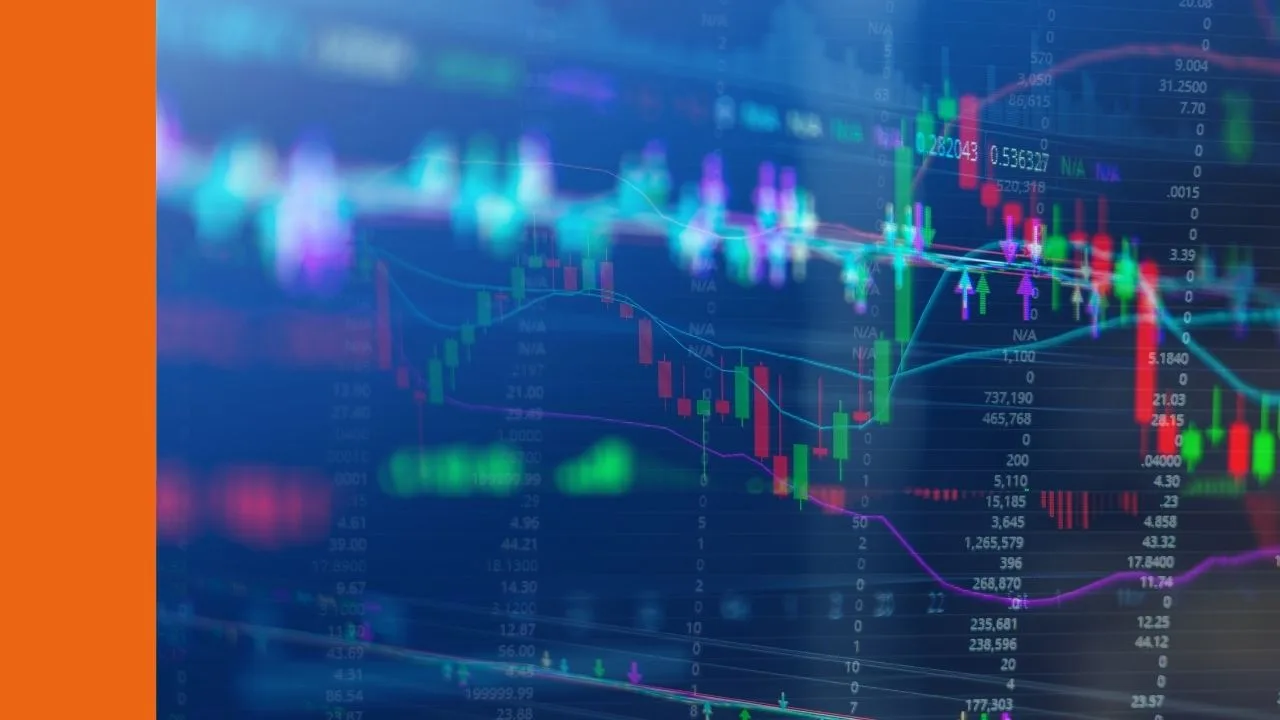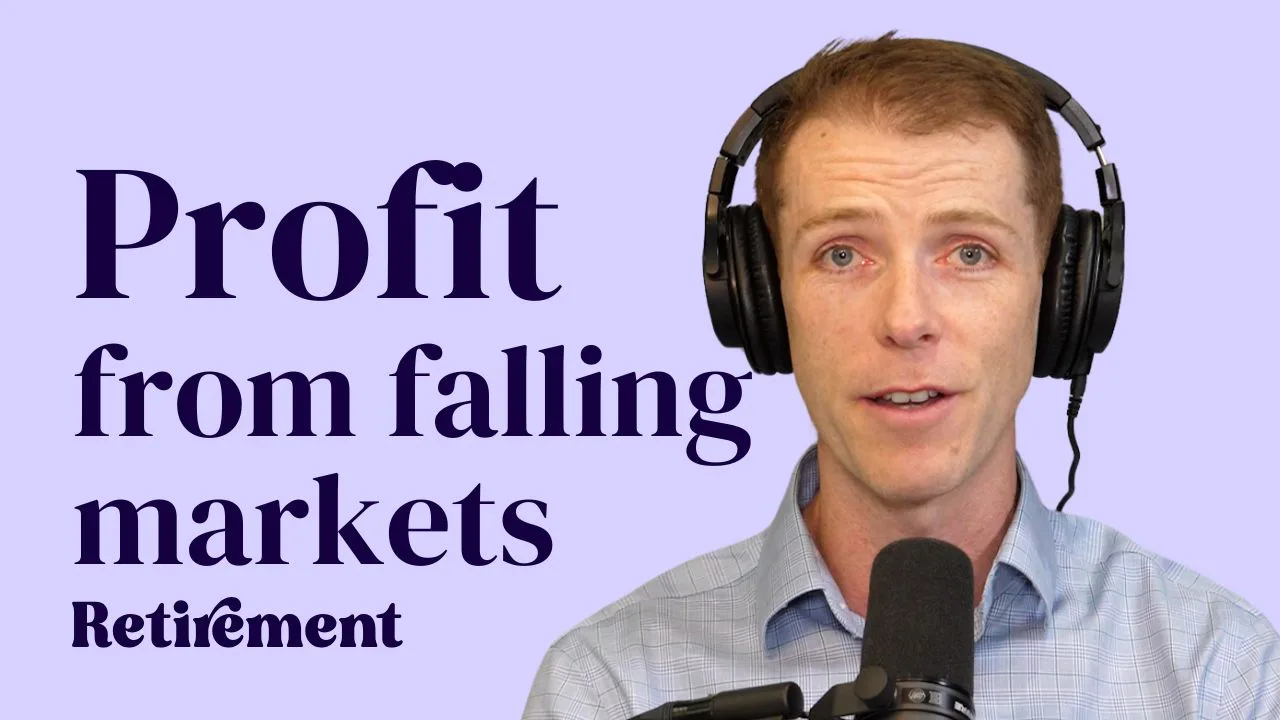The National Australia Bank Ltd (ASX: NAB) share price is in focus after the bank announced its FY24 first-half result and a significantly increased share buyback.
FY24 first-half result
Here are some of the highlights from six months to 31 March 2024:
- Revenue decreased by 3.7%
- Gross loans and advances (GLA) increased by 3.5% and deposits rose by 3.8%
- Net interest margin (NIM) dropped 5 basis points (0.05%) to 1.72%
- Underlying NIM declined by 10 basis points (0.10%)
- Expenses rose 5.8%
- Cash earnings dropped 12.8% year on year to $3.55 billion
- Statutory net profit after tax (NPAT) of $3.5 billion
- Interim dividend increased by 1.2% to $0.84 per share
The NIM suffered a sizeable hit, which is the measure that shows investors how much a bank makes on its lending (the loan rate) compared to the cost of funding (like savings accounts). This decline occurred due to lending margin competitive pressures relating to housing lending and higher term deposit costs.
Expenses rose faster than revenue because of higher spending on technology and compliance, including fraud and cyber security, which also led to more people working at the bank (and higher wages).
However, the bank did report 8.6% growth of its Australian small and medium business lending and 6.4% growth of its deposits from household and business and private banking customers.
The all-important business and private banking segment saw cash earnings drop 2.4% to $1.67 billion, while the personal banking division suffered a 29.6% drop of cash earnings to $553 million. Corporate and institutional banking saw a 2.8% cash earnings drop to $899 million, while New Zealand banking took a 7.7% hit to cash earnings of $750 million.
NAB’s arrears continue to rise, but not dramatically so. The ratio of loans 90+ days past due increased to 0.79% for HY24, up from 0.75% in the second half of FY23 and 0.66% for HY23.
The bank reported a credit impairment charge of $363 million, which primarily reflect volume growth and higher arrears, as well as a “modest increase” for specific charges (meaning specific borrowers), partially offset by the impact of higher house prices.
Large NAB share buyback
NAB also announced it was increasing its share buyback by $1.5 billion, which will allow the bank to manage its Common Equity Tier 1 (CET1) ratio back towards its target range of between 11% to 11% – which is measure of how much high-quality capital it’s holding. At 31 March 2024 the CET1 ratio was 12.15%.
NAB said this buyback will be undertaken over the next 12 months. The NAB CEO Andrew Irvine said:
Our continued focus on capital generation supports our objective to reduce our share count over time through on-market buy-backs, while maintaining a strong capital position.
Final thoughts on the NAB share price
NAB suffered a fairly large hit to profit considering there isn’t a recession happening. Competition is really hurting margins. I’d say NAB is one of the better banks on the ASX, but profit going backwards can’t justify a higher NAB share price in the longer-term.
The large share buyback and the slightly bigger dividend are useful for NAB shareholder returns, but it’s the direction of profit over the long-term that is the most important. NAB says its bank and customers are in good shape with a resilient outlook for the Australian economy.






